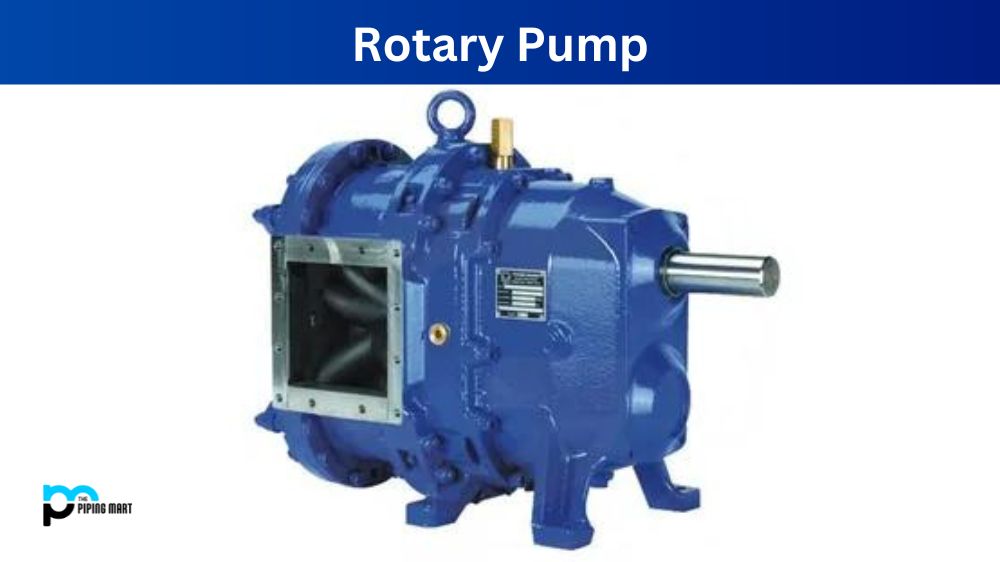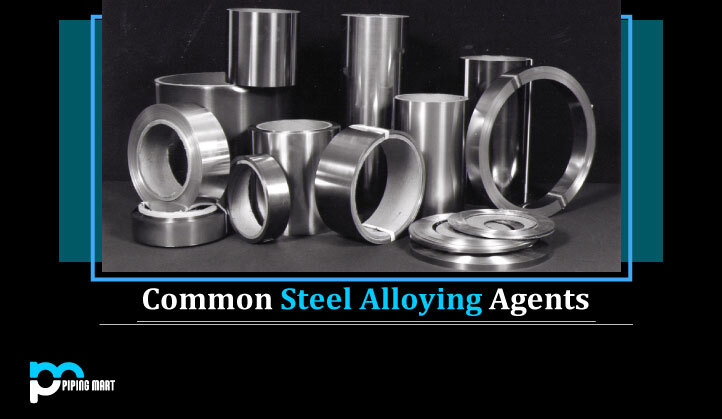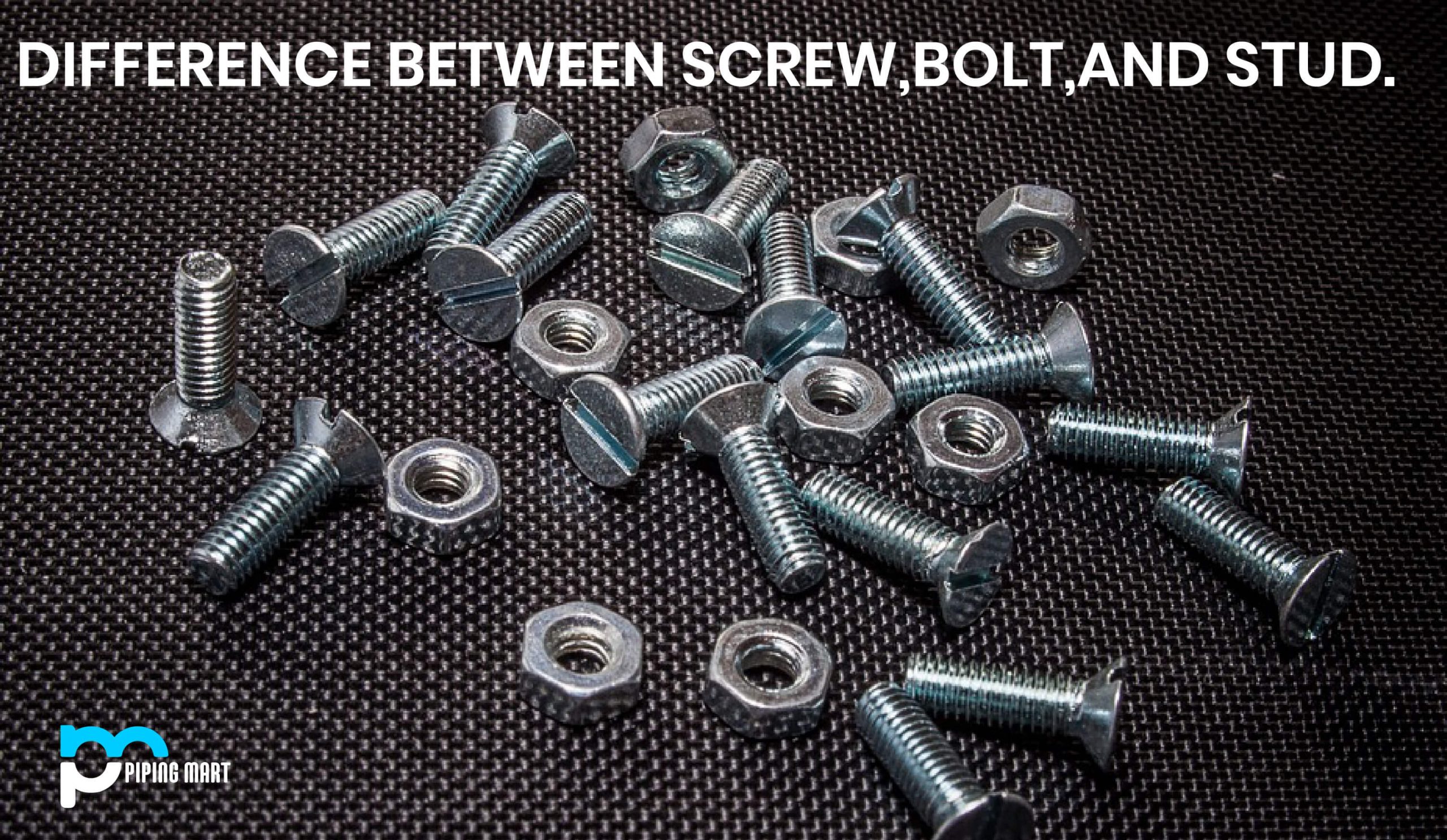A rotary pump is one of the market’s most commonly used positive displacement pumps today. They come in different shapes and sizes, each designed for a specific application. These pumps are ideal for pumping viscous fluids, making them perfect for use in chemical processing, oil and gas, and food and beverage industries. This will discuss the different types of rotary pumps and their uses.
What is Rotary Pumps?
Rotary pumps are a type of pump which uses rotating impellers or vanes to move fluid through a cavity. They can pump high-viscosity fluids such as oils and be used for low- and high-pressure needs. Generally, they produce more consistent flow than other pumps, making them suitable for industrial applications such as hydraulics, lubrication systems, water treatment plants, and process engineering.
Types of Rotary Pumps and Their Uses
Gear Pumps:
Gear pumps are the most common type of rotary pumps. The pump consists of two gears that rotate in opposite directions, creating suction to draw fluid into the pump. They are ideal for transferring low-viscosity or high-temperature fluids such as hydraulic oils, gasoline, and diesel. Gear pumps come in two variants: external or internal. External gear pumps are ideal for low-pressure applications, while internal gear pumps can handle more significant pressure.
Lobe Pumps:
Lobe pumps work similarly to gear pumps, but they use two mesh lobes instead of gears. The lobes create positive displacement, allowing for fluid transferimal pulsations. Lobe pumps gently handle fragile products such as food slurries, pastes, and other shear-sensitive fluids.
Screw Pumps:
Screw pumps are two or more interconnected screws rotating inside a casing. They create a vacuum that draws fluid into the pump, allowing for smooth, pulsation-free operation. Screw pumps can handle low and high-viscosity fluids and are ideal for pumping fluids with low lubricity, such as crude oil and other slurries.
Vane Pumps:
Vane pumps are similar to gear pumps but are mounted with vanes that slide out against the pump’s casing. This sliding motion creates suction that pulls fluid into the pump, allowing it to dispense fluid evenly. Vane pumps are ideal for low power consumption and low flow applications such as vacuum pumps, air compressors, and hydraulic power steering.
Peristaltic Pumps:
Peristaltic pumps use a rotating roller squeezing a tube to create suction, drawing fluid into the pump. Peristaltic pumps are ideal for use in applications where fluid purity is critical, such as food and beverage processing and medical equipment.
Conclusion:
Rotary pumps are an essential component of many industrial operations. They are versatile and can handle different types of fluids efficiently. When considering the type of rotary pump to use in any application, it is essential to consider the flow rate, fluid viscosity, and pumping pressure requirements. With this information, you can select the right pump for your needs. Now that you understand the different types of rotary pumps and their applications, you can make informed decisions on the type of pump to use in your operation.




